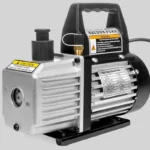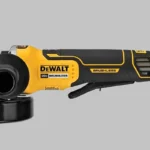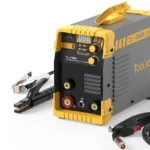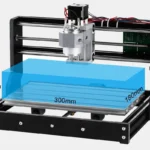When it comes to woodworking and home renovation, having the right tools can make all the difference. Sanders, essential for smoothing surfaces, come in various types each suited to different tasks.
This guide will help you understand the different sanders available, how to choose the right one, and how to use them effectively.
Types of Sanders
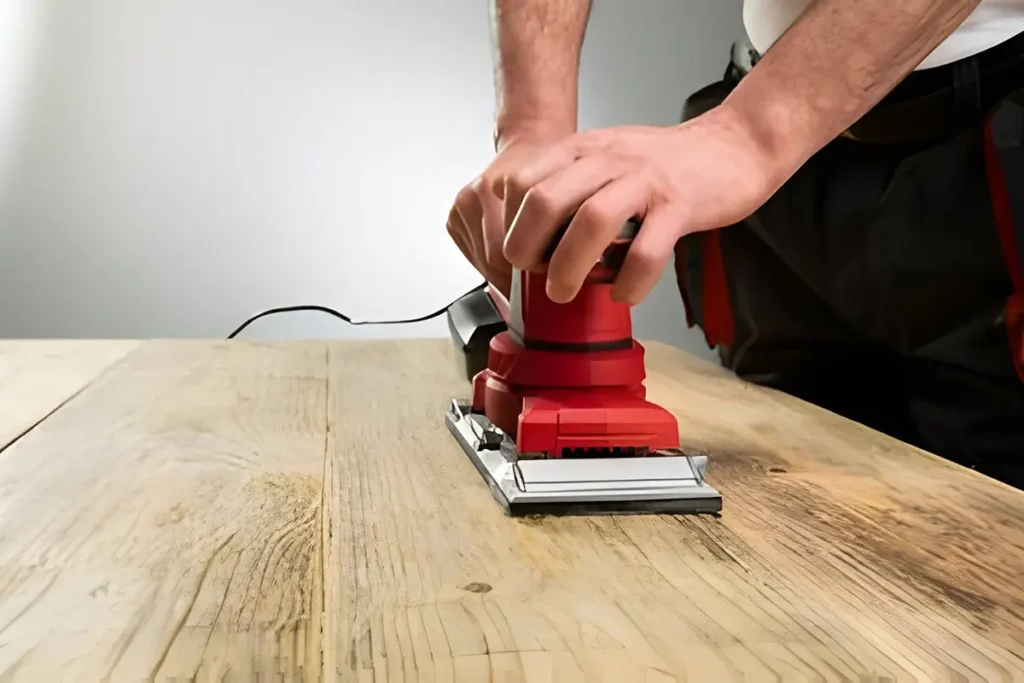
Orbital Sanders
Orbital sanders, often known as sheet sanders, are known for their square foot that accepts quarter-sheet papers. They move in small, tight orbits allowing for fine finishing without aggressive material removal. Ideal for prepping surfaces or finishing work, these are a good start for beginners due to their straightforward operation. However, they can leave swirl marks if not used correctly; always sand in the direction of the wood grain with light, even pressure.
Random Orbit Sanders
A step up in terms of versatility, random orbit sanders combine the rotating actions of a disc sander with the orbiting motion of an orbital sander. This combination reduces the chance of leaving swirl marks and allows for more rapid material removal. They use round pads and are excellent for both rough sanding and fine finishing, making them a favorite among many DIYers.
Belt Sanders
Belt sanders are powerful tools that are excellent for major material removal. With a continuous loop of sandpaper that spins around two drums, belt sanders are perfect for leveling surfaces and stripping down old finishes. They are particularly useful in the early stages of a project to quickly smooth rough adjustments before moving to finer tools for detailed work.
Disk Sanders
Disk sanders are primarily used for removing material aggressively and are commonly seen in shop environments either as handheld units or benchtop machines. They work well for shaping and smoothing edges but require careful handling to avoid gouging the material.
Choosing the Right Sander
Selecting the right sander is pivotal and depends on the project’s requirements—consider the surface area, the type of material, and the desired finish. For large, flat areas, a belt sander might be most efficient; for small or intricate work, an orbital or random orbit sander could be better.
Sander Features to Look For
When buying a sander, look for features that enhance utility: variable speed controls, effective dust collection systems, and a comfortable grip. These features can significantly impact user experience and project outcome.
Maintenance and Safety Tips
Maintaining your sander involves regular cleaning of the dust collection system and checking the sandpaper or belts for wear. Always follow manufacturer guidelines for maintenance and make sure to wear appropriate safety gear like dust masks and safety glasses.
Accessories and Sandpapers
Understanding the different grades of sandpaper and their applications is crucial. Coarser grits are used for initial material removal, while finer grits are for finishing touches. Accessories like various types of grips and dust bags can also enhance the sanding process.
Starting with a simple project like sanding down a wooden chair or a small table can give you a feel for the tool. Use a random orbit sander for the main surfaces and switch to a detail sander for corners and crevices.

Matthew Dowell
Matthew, a seasoned builder from a family of craftsmen, leads Tools Trove. His passion for tools and decades of hands-on experience fuel his commitment to providing expert reviews and insightful content. Whether you’re a pro or a DIY enthusiast, Matthew’s guidance ensures informed decisions in the world of tools.

